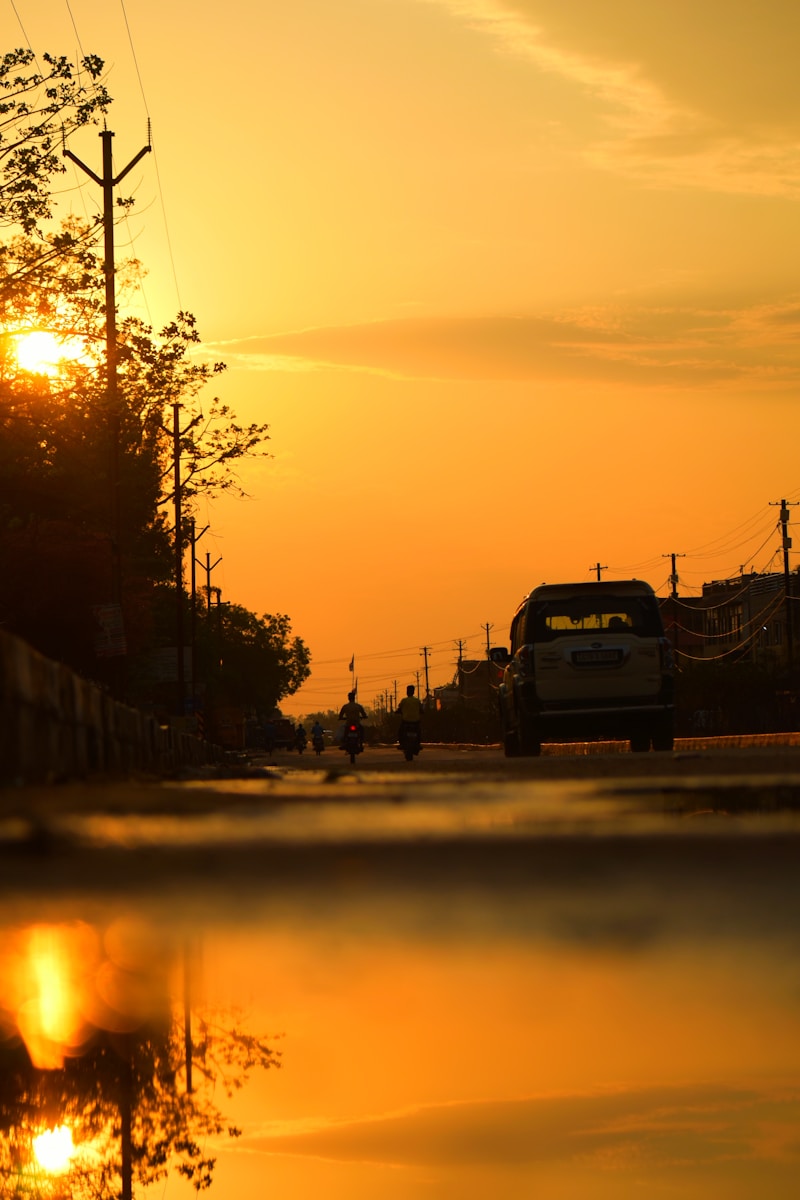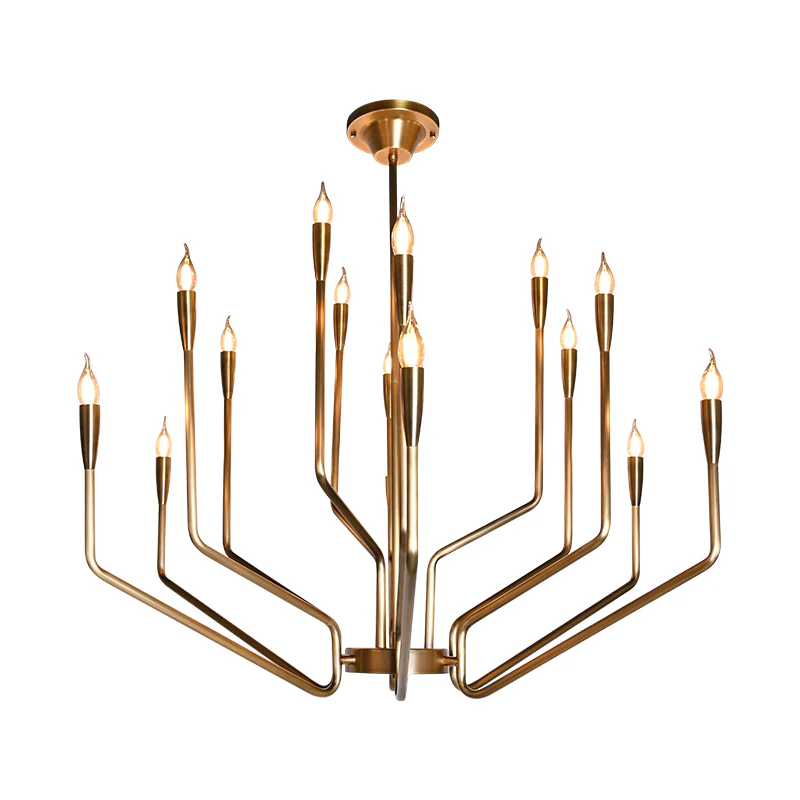Illuminate Your Visuals: The Ultimate Guide to Lighting for Photography and Videography
Illuminate Your Visuals: The Ultimate Guide to Lighting for Photography and Videography
Understanding Lighting in Photography and Videography
In the world of photography and videography, lighting plays a vital role in determining the quality and impact of your visuals. Whether you are capturing a serene landscape, a lively event, or a professional interview, the right lighting can transform ordinary shots into breathtaking views. This article delves into the fundamentals of lighting for photography and videography, offering insights that can take your creative projects to new heights.
The Importance of Lighting
Lighting is not just about visibility; it enhances texture, shapes, colors, and mood. In photography, the way light interacts with your subject can evoke emotions and create phenomenal scenes. Similarly, in videography, lighting sets the tone and keeps the audience engaged. Below we summarize why lighting matters:
| Aspect | Photography | Videography |
| Visibility | Enhances clarity and details | Sets the viewer's focus |
| Emotion | Creates atmospheres | Shapes narrative mood |
| Texture | Brings out details | Creates depth |
| Color | Represents reality | Evokes reactions |
Types of Lighting
There are various types of lighting that photographers and videographers utilize. Understanding these will help you choose the right kind for your projects.
1. Natural Light
Natural light, often revered for its beauty, emanates from the sun. It offers a soft, flattering light that is ideal for many types of photography and videography. The golden hour, which occurs shortly after sunrise and before sunset, provides warm hues that enhance landscapes and portraits. However, it can be unpredictable, making it essential to adapt quickly to changing conditions.

2. Artificial Light
Artificial lighting can be controlled and utilized at any time of day. Here are some common sources:
- Continuous Lights: These provide a steady beam of light and are useful for both photography and videography.
- Flash/Capture Lights: These are typically used for still images and deliver a brighter burst of light when triggered.
- LED Lights: Efficient and versatile, these lights can be adjusted for color temperature, making them excellent for various shooting conditions.
Choosing the Right Lighting Equipment
When it comes to lighting equipment, various tools can enhance your work. Here are some essential items for both beginners and professionals:
- Softbox: Softens the harsh light from a source, providing a diffused output that works great for portraits.
- Reflectors: Help bounce light back onto the subject, adding brightness and reducing shadows.
- Light Stands: Adjustable stands to hold your lights in place, providing versatility in your setup.
- Light Meters: Used to measure the amount of light, ensuring optimal exposure settings.
Lighting Techniques
Having the right equipment is essential, but knowing how to use it is what elevates your photography and videography.
1. Three-Point Lighting
This classic technique involves using three light sources: key light, fill light, and back light. The key light is your main source, illuminating the subject. The fill light softens shadows created by the key light, while the back light separates the subject from the background, adding depth.
2. High-Key Lighting
This technique creates a bright and cheerful atmosphere. It minimizes shadows, resulting in a light, airy look. It’s often used in fashion and beauty photography.
3. Low-Key Lighting
Contrastingly, low-key lighting introduces darkness, emphasizing shadows, and creating a dramatic effect. It’s widely utilized in film noir and moody portraits.
Common Mistakes to Avoid
Even experienced photographers and videographers can fall into common traps. Here are a few mistakes to avoid:
- Overexposing Photos: Too much light can wash out details. Always check exposure levels.
- Ignoring Background Light: Failing to manage background light can cause distractions in your shots.
- Not Experimenting: Sticking to established setups can limit creativity. Experiment with angles and light sources.
Practical Tips for Better Lighting
Now that you understand the importance of lighting, here are some actionable tips:
- Always be aware of your environment and position your subjects accordingly to maximize natural light.
- Use diffusers to soften strong light sources.
- Consider the color temperature of your light sources and ensure they match to avoid strange color casts in your images.
Conclusion
In conclusion, lighting for photography and videography is a vital component that can significantly enhance your work. Mastering the theory and practice of different lighting techniques can elevate your visuals to an impressive level, whether you are shooting a casual family gathering or a professional film. Remember to explore and experiment with various lighting setups and equipment to find what works best for you.
Key Takeaway: Always prioritize good lighting in your work to create stunning visuals that convey the desired emotion and message. Experimentation is key—don't be afraid to push boundaries and discover what lighting techniques will best suit your style and shooting scenarios.
